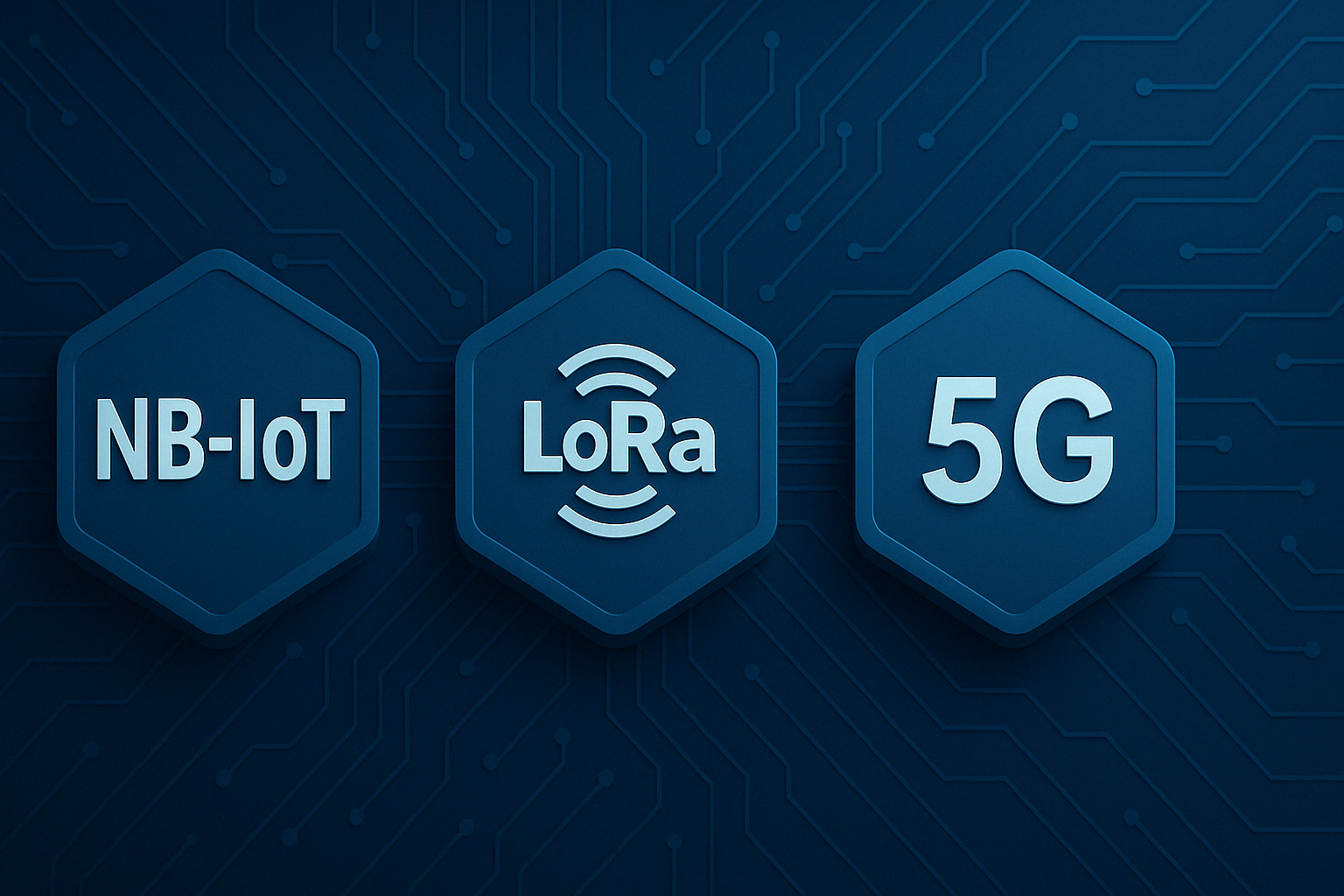
Menu
- What Drives Production Costs in Custom Electronic Modules?
- Strategic Cost Optimization: Where Manufacturers Win or Lose
- Outsourcing vs. In-House Development: What’s the Smarter Move?
- Technology as a Cost Optimizer — Not Just a Driver of Expense
- Balancing Cost and Quality: The Ongoing Challenge
- Key Challenges in Cost Optimization
- Conclusion: Future-Proof Your Smart Metering Production
As smart metering technologies evolve, manufacturers face the dual challenge of delivering high-performance, reliable devices while controlling production costs. Smart meters are no longer just utility tools — they are critical components of energy efficiency strategies, supporting two-way communication and real-time energy management.
Given rising material costs, supply chain disruptions, and increasing regulatory demands, optimizing production costs is essential for profitability and long-term competitiveness. Studies show that effective cost optimization strategies can reduce operational expenses by 15% to 40% — a game-changer in today’s volatile market.
At Noitac, we help smart metering manufacturers navigate these challenges by combining smart design, strategic sourcing, and technological innovation.
What Drives Production Costs in Custom Electronic Modules?
Understanding the main cost components is the first step toward building a cost-efficient smart metering solution.
1. Material Costs
- Raw materials like copper, gold, and semiconductors are price-volatile
- Sourcing standard components reduces costs and supply chain risks
2. Labor and Assembly
- Skilled labor for PCB assembly, testing, and integration is costly
- Automated assembly lines help lower labor expenses for high volumes
3. Overhead and Equipment
- Facility maintenance, utilities, and investments in manufacturing technology
- Ongoing equipment maintenance and calibration
4. Logistics and Supply Chain
- Transportation and storage costs fluctuate with global market dynamics
- Supply chain disruptions cause delays and price spikes
5. Certification and Compliance
- Costs linked to mandatory standards: MID, RED, FCC, UL, ANSI
- Redesigning for compliance is one of the most expensive project risks
Strategic Cost Optimization: Where Manufacturers Win or Lose
McKinsey estimates that manufacturers leveraging AI, advanced analytics, and digital transformation can achieve a 30% reduction in operational costs.
Digital Transformation in Manufacturing
- Real-time monitoring, predictive analytics, and AI-driven production planning
- Example: A semiconductor manufacturer reduced procurement costs by 25% and design iteration time by 60% through digital process integration
Advanced Metering Infrastructure (AMI)
- Enables remote configuration and eliminates costly manual meter readings
- Reduces operational costs while improving data accuracy
Collaborative Supplier Integration
- Full digital integration of suppliers can generate up to 45% savings
- Shared data improves forecasting, reduces lead times, and strengthens resilience
AI-Driven Inventory Management
- Predictive stock levels prevent overproduction and minimize storage costs
- Proven to reduce holding costs by 40% while maintaining nearly perfect fulfillment rates
Outsourcing vs. In-House Development: What’s the Smarter Move?
The decision between outsourcing and in-house development is pivotal — and highly context-dependent.
| Aspect | In-House Development | Outsourcing to Experts |
|---|---|---|
| Control | Full control | Shared responsibility |
| Initial Investment | High (equipment, staff, certifications) | Lower, pay-per-project or milestone |
| Time-to-Market | Longer, due to internal ramp-up | Faster, leveraging partner expertise |
| Cost Efficiency | Good at large scale | Better at moderate scale or complex certifications |
| Risk Management | Internal | Partially transferred |
Noitac’s Insight: For most smart metering projects — especially those requiring certified RF modules or quick market entry — outsourcing delivers better cost control and reduced risk.
Technology as a Cost Optimizer — Not Just a Driver of Expense
Emerging technologies like IoT, AI, and digital twins are reshaping cost structures:
- Digital twins simulate production, reducing trial-and-error costs
- AI identifies process inefficiencies and optimizes resource allocation
- Predictive maintenance lowers downtime and extends equipment lifespan
Balancing Cost and Quality: The Ongoing Challenge
- Quality-focused cost reduction strategies reduce defects by 40% and cut costs by 25%*
- Avoiding the trap of short-term savings that lead to long-term losses (e.g., product recalls, compliance failures)
Key Challenges in Cost Optimization
- High upfront investments in tech and training
- Supply chain volatility impacting raw material prices
- Data privacy, consumer trust, and regulatory hurdles in global markets
- Balancing sustainability goals with economic efficiency
Conclusion: Future-Proof Your Smart Metering Production
The future of smart metering belongs to manufacturers who can balance technological advancement, cost efficiency, and quality.


